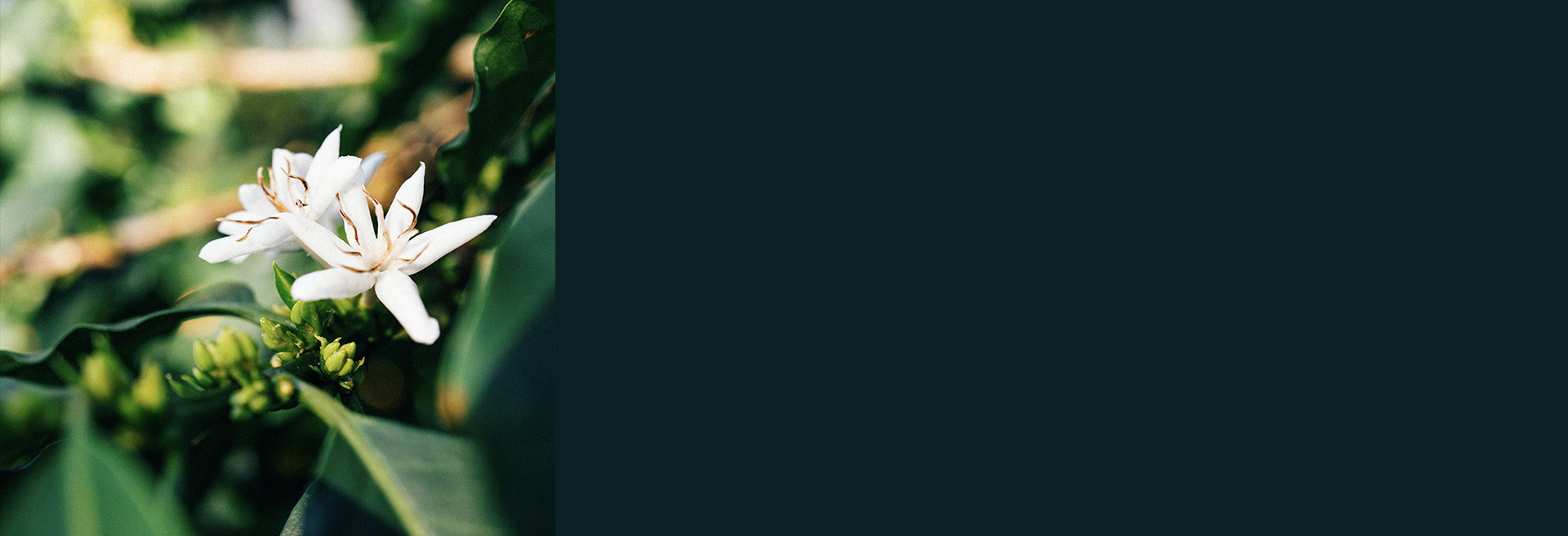Winter break · Next roast Jan. 7
Bolivia
Buena Vista, Manko Kapak lot - Bolivia
250g
Cup Notes
Melon / Strawberry / Papaya / Fresh herbs
Suggested for espresso and filter
QUALITY SCORE: 88.75
when we roast
We freshly roast to order all coffees on Monday, Wednesday and Friday (excluding national holidays), and ship the same day! Cut-off time is 11:59pm (UTC+1) of the day before the roast day. *We only ship whole beans*
Details
- Producer
- 9small farmers
- Country
- Bolivia
- Terroir
- Caranavi
- Altitude
- 1550 masl
- Arabica cultivar
- Caturra, Typica
- Picked in
- December 2017
- Arrived in
- April 2018
- Shipped in
- Jute + GrainPro
- Roast profile by
- Rubens Gardelli
- Roasted on
- Customised solid-drum roaster
THE STORY BEHIND
Manco Kapak is a colony in the Caranavi area of Yungus. The colony is at around 1550 masl and is surrounded by jungle and small coffee farms. After the land reforms in the 1950s, the Bolivian government encouraged people from the Altiplano and La Paz to move down to the tropical agricultural areas to farm coffee by giving them free parcels of land. Manco Kapak was one of the settlements for people from the Altiplano, and therefore many of the coffee producers there are very small - having between 1 and 3 hectares - and practise more traditional organic farming methods. All of the producers in this area have Caturra, Catuai or Typica, which gives the cup profile lots of acidity and complexity.
Since producers in Manco Kapak produce relatively small amounts, they deliver their coffee to the Buena Vista mill in Caranavi together, where it is processed and dried. This allows all of the producers to reduce their risk as they get paid immediately, and it allows the mill to control the quality of processing to ensure that the producers receive quality premiums later.
This year the producer group decided that they would like to start producing natural processed coffees, since their washed coffee doesn’t always have the same level of complexity and quality as other colonies in the area. This was the perfect way to elevate cup scores and complexity, and get a higher percentage of their production up to microlot quality.
THE VARIETY
Caturra coffee varietal was developed by the Alcides Carvalho Coffee Center of the IAC, Instituto Agronomico of the Sao Paulo State in Brazil.
In 1937, IAC received seed samples of genetic materials originated on the border of the states of Minas Gerais and Espírito Santo. It was from Red Caturra and yellow Caturra cultivars. These two cultivars originated by natural mutation of Bourbon Red, originally a tall coffee shrub, found in the Serra do Caparaó , which is now a mountainous National Park north east of the city of Rio de Janeiro.
These are the main agronomic characteristics of the Red and Yellow Caturra varietals:
1. It is the of small size, of reduced length of internodes, leaves and side branches, providing compact appearance to the coffee shrub.
2. This is the first naturally occurred coffee mutation found, with small size and high yield capacity
3. They have excellent quality in the cup because they have virtually 100% of the Bourbon coffee in their genetic makeup.
4. the conditions in which they were planted in Brazil to cultivate Caturra showed low hardiness and consequent lack of vigor after a few harvests, which led to the premature depletion in yield.
THE FERMENTATION PROCESS
Dry process seems simple: pick the fruit, lay it out in the sun until it turns from red to brown to near-back, and then hull off off the thick, dried outer layer in one step to reveal the green bean. It is a method suited to arid regions, where the sun and heat can dry the seed inside the intact fruit skin.
It's often referred to as "natural coffee" because of its simplicity, and because the fruit remains intact and undisturbed, a bit like drying grapes into raisins. Since it requires minimal investment, the dry process method is a default to create cheap commodity-grade coffee in areas that have the right climate capable of drying the fruit and seed.
But it’s a fail in humid or wet regions. If the drying isn't progressing fast enough, the fruit degrades, rots or molds.
Dry-processed coffees can also be wildly inconsistent. If you want a cleanly-fruited, sweet, intense cup, dry process (DP) takes more hand labor than the wet process. Even the most careful pickers will take green unripe or semi-ripe coffee off the branch as they pick red, ripe cherry. If these are not removed in the first days of drying, the green turns to brown that is hard to distinguish from the ripe fruit.



